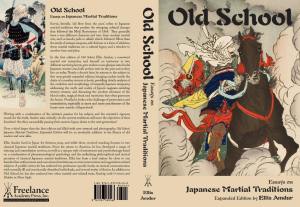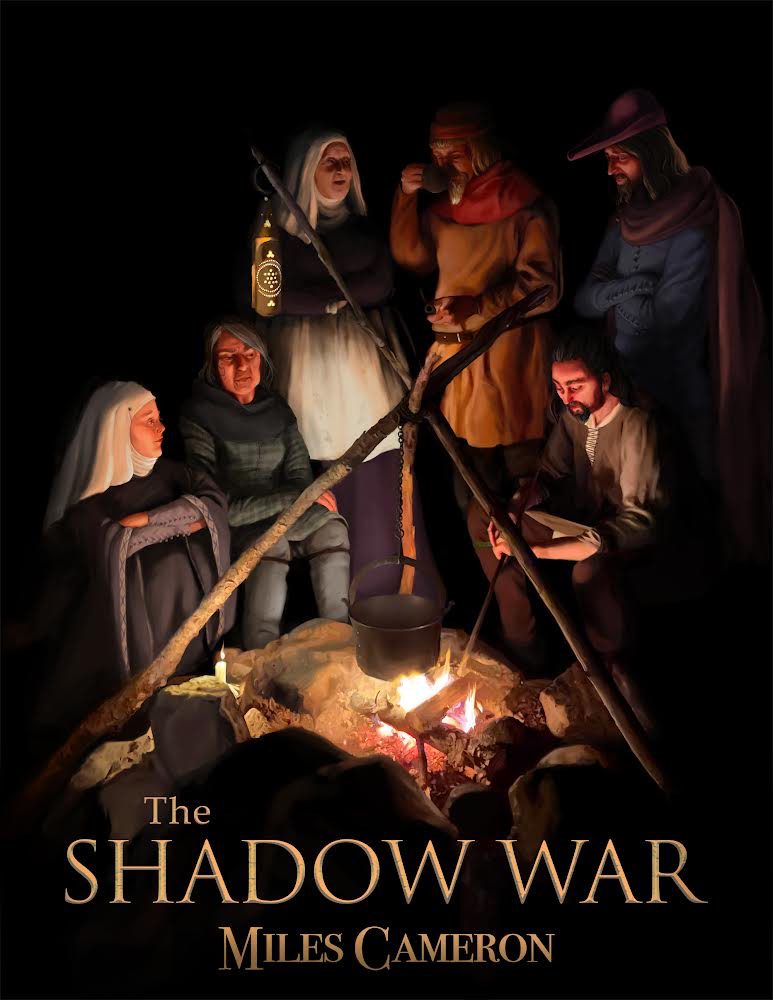Book Review – ‘Old School’ Essays on Japanese Martial Traditions’ by Ellis Amdur
I am not a serious Japanese-school martial artist. I have played with, and enjoyed, Kendo, Iado, and Aikido, but I suspect that a lifetime of study in the world of Classics and the European Middle Ages—and reenacting the same—has walled me off from my ability to fall in love with Japan. To me, the martial arts of Medieval Italy are more—real. Hard to explain, and possibly for another blog about war and culture.
That said, though, this book, ‘Old School’ is one of the best books on the traditions of martial arts — and how time changes, erodes, and enhances them — ever written. In fact, you might even say it stands alone as an attempt to bring modern scholarship and even philosophy (like Huserl’s notions of the study of history) to bear on the heavily mythologized, incredibly nuanced, hothouse world of Japanese combat arts and their evolution—or devolution—into stylized sport fencing and manicured kata—and even that statement is a distortion of the complex arguments in the book.
There are many layers to this book; a history of Japanese combat arts, an historiography of the same arts, a de-mystification of those arts, an examination of the psychology of those arts and of war, struggle, and violence itself—and I detected more layers that, were I a higher level practitioner, would probably have deeper meaning to me. (The title—Old School—is a literal translation of the term ‘Koryu’ or so I assume.) I confess that at times the recitation of the lineage of a particular faction of an old ryu, or school, complete with black and white nineteenth century photos of surprisingly small and un-military looking men, often read to me like the dullest parts of the bible or the Silmarillion—occasionally, having made his point, the author beats the dead horse repeatedly. Despite which, this book strikes me as a must read for any practitioner of any martial art, Japanese, Okinawan, Brazilian or Italian or German, because it does, in horrifying exactness, trace the path to loss and decadence that every martial art begins the day its members stop using it to live or die and which seems to end across all cultures in a sort of petrified ritual dance that would not save the dancer from any martial encounter. I had to discover for myself that the magnificent game of Kendo had nothing whatsoever to do, even historiographically, with the way Samurai fought with swords—I would have appreciated this book all the more when I was twenty! And as a man who loves Japanese Martial Arts, he is yet able to face the historical truth—that the Samurai of the late 17th century and later were ill-equipped for any martial encounter, even with peasants—that the impact of the West in the mid-nineteenth century led to a national revulsion with ‘failed’ or even ‘fake’ cultural artifacts. The samurai weren’t super. In many cases, they weren’t even average.
And yet—perhaps the best thing about the book is the author’s deep and evident respect for the entire edifice of Japanese Martial Arts—his interest in how close they came to extinction like their European cousins, and his appreciation that changes are not always bad, and that martial arts, like other arts, are cultural artifacts and not really killing systems right from their inception. Ellis Amdur’s book is brilliant. It has a great deal to tell us, and everyone who loves these arts, east or west, old school or new school, should have a copy.
Buy it here… http://www.freelanceacademypress.com/oldschool-2.aspx



Reblogged this on The Freelancer and commented:
An interesting review of Old School, by renowned historical novelist Christian Cameron.